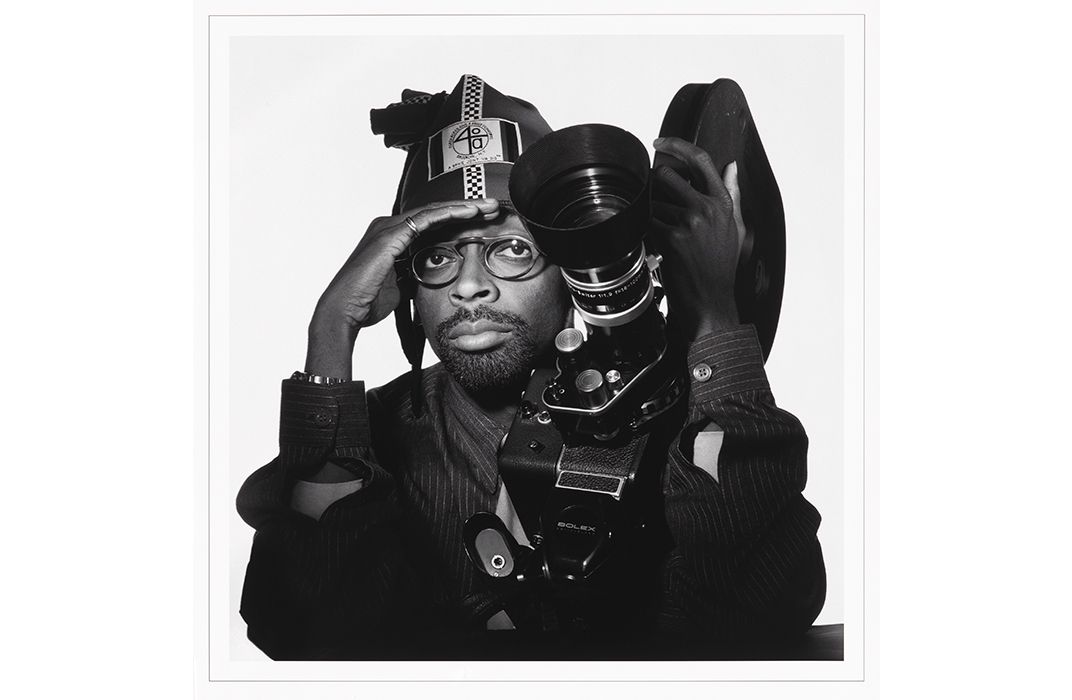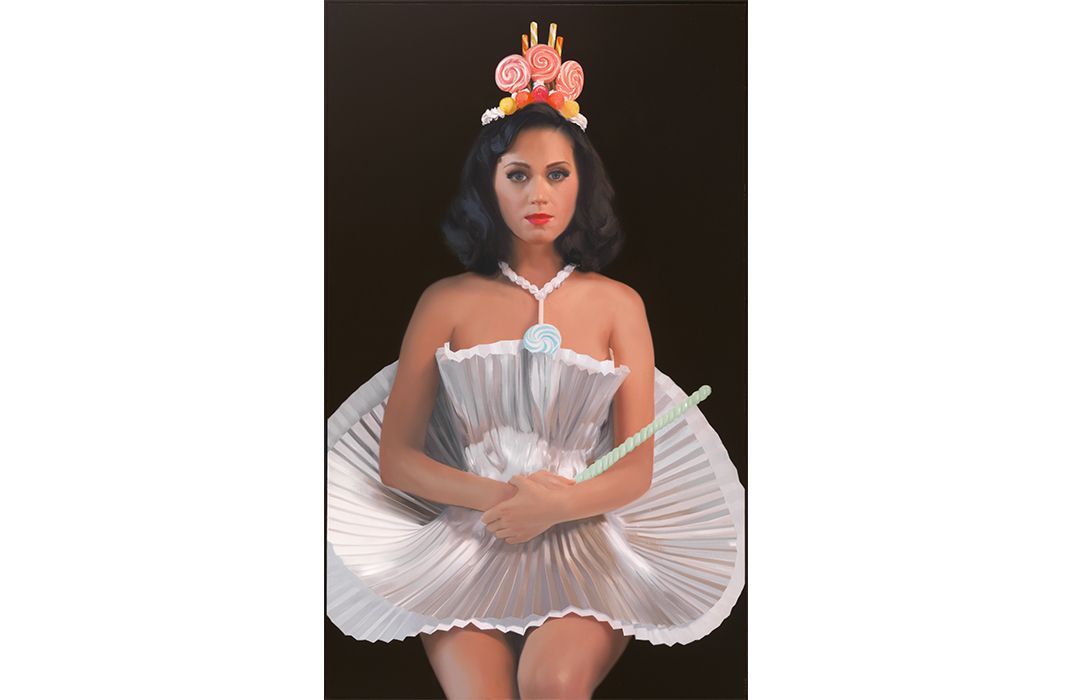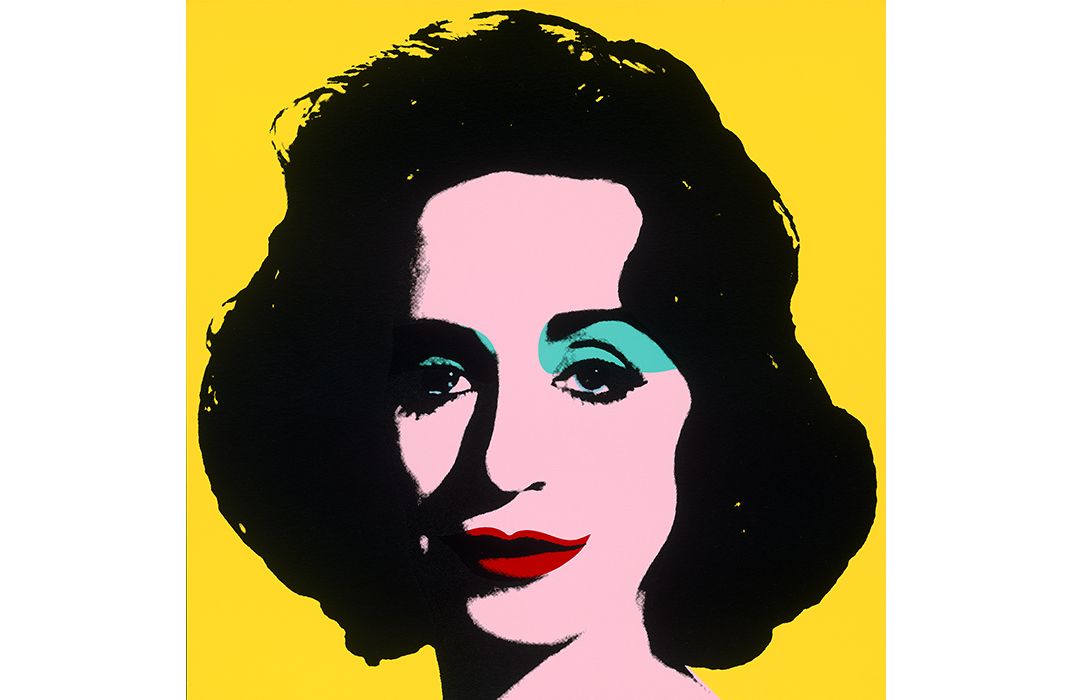Who Crafts the Image in Celebrity Portraiture?
Is it real or is it celebrity branding? A portrait exhibition of iconic celebs considers the question of who holds the upper hand—the artist or the star
According to artist Deborah Kass, “In the future everyone will be anonymous for 15 minutes.” Her comical Twitter bio not only emphasizes the fleeting notion of celebrity in the 21st century, but considers who will get to determine if fame is achieved.
As people consume social media and technology at rapid speeds, the adage of the era might be: "Here today, gone today." Challenging this very notion is the National Portrait Gallery’s new exhibition Eye Pop: The Celebrity Gaze, as it encourages viewers to pause and observe celebrity through a different lens; the traditional portrait. Featuring the images of 54 writers, athletes, politicians and artists, the museum's curators consider what is celebrity, and who drives the creative control of the artwork—the portraitist or the celebrity.
When dealing with a celebrity, how can an artist be certain they are capturing the authentic individual, and not their projected persona? Here, a tacit conversation begins as the sitter and the artist attempt to appropriate the gaze simultaneously. For photographer CYJO, getting out of the way helps establish a more genuine setting for portraiture; one that embraces the figure in that particular moment, and not in a staged way.
In her KYOPO project, in which she photographed more than 200 individuals of Korean ethnic descent, she utilized a minimalistic approach. “Coming from the fashion world, ironically, I didn’t want a hair stylist, make-up artist and fashion stylist as they can easily be used as tools to sculpt a brand identity," she says. "With less [involvement] from my end, there are less distractions and more room to capture the true moment facilitating authentic interactivity between the portrait artist and subject.” Relinquishing creative control provided sitters with a level of comfort, allowing them an opportunity to reclaim the experience for themselves. With no direction, CYJO adds, they were left to “individualize themselves through their stances.”
Dana Tai Soon Burgress, artistic director of the renowned Washington D.C.-based dance company sat for the KYOPO project, and described the experience as refreshing. CYJO’s approach to portraiture calls viewers to notice the person first and then the persona, he says. His featured portrait revels aesthetics do not overshadow the composition of the shot.
Utilizing a different approach, video artist Bo Gehring, winner of the museum's 2013 Outwin Boochever Portrait Competition, draws attention to the celebrity as a whole. Through a suspended camera on a track he documents the figure from head to toe, offering viewers a more intimate version of the subject. His portrait of the three-time Grammy Award winning musician, Esperanza Spalding, adorned in textiles made by women across the globe, proves to be a mesmerizing addition to the exhibition.
Other notable figures like First Lady Michelle Obama, Michael Phelps, Britney Spears and Brad Pitt are featured, as well as an uncanny pairing of Oprah Winfrey and Condoleezza Rice, in bedazzled portraits by artist Mickalene Thomas.
The most obvious questions approaching this exhibition might be “what makes the celebrity ‘a thing’ in the 21st century.”
CYJO hopes in the future we won’t be anonymous as Kass projects. “Hopefully with our continuing rapid media consumption, more platforms can be created to give voice to more amazing people around the world… there are many people who aren’t celebrities who deserve to be better recognized for their contributions,” she says. In this sense, analyzing the celebrity gaze in the future will not be a matter of ownership, but attachment, what captures the eye initially and keeps the viewer there.
Eye Pop: The Celebrity Gaze ingeniously celebrates these complexities, and challenges the notion of the iconic celebrity. Through portraiture, the museum's curators aspire viewers to consider how 21st century issues, technology and media influence celebrities, making them more accessible to the public, while also allowing them the control over their public persona.
Eye Pop: The Celebrity Gaze is on view through July 10, 2016 at the Smithsonian's National Portrait Gallery in Washington, D.C.
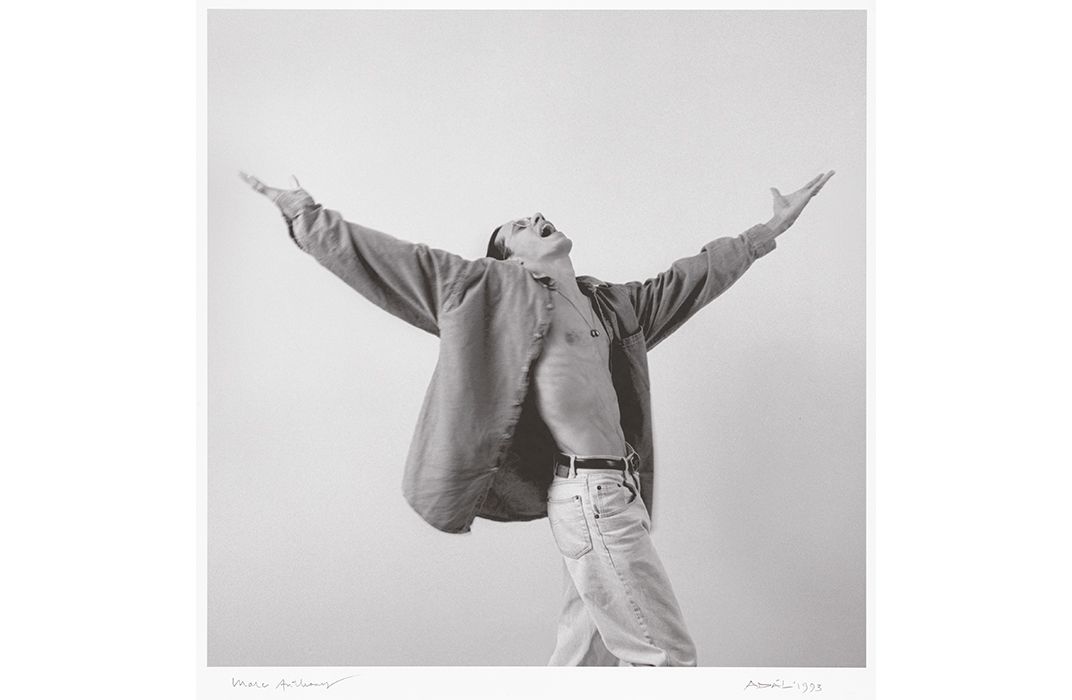
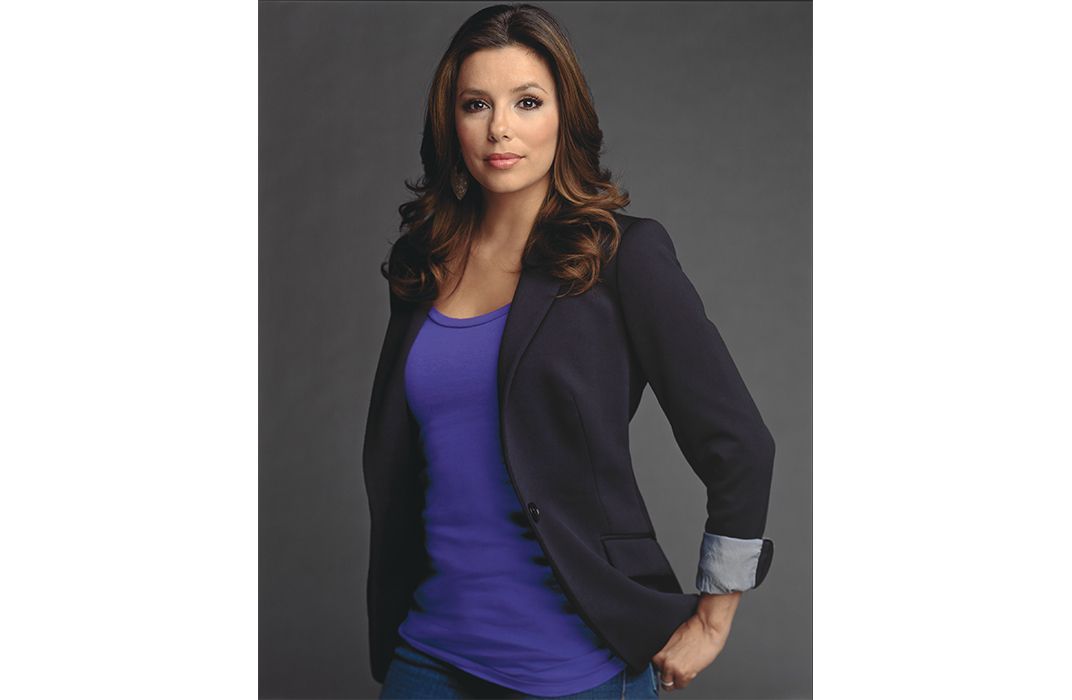
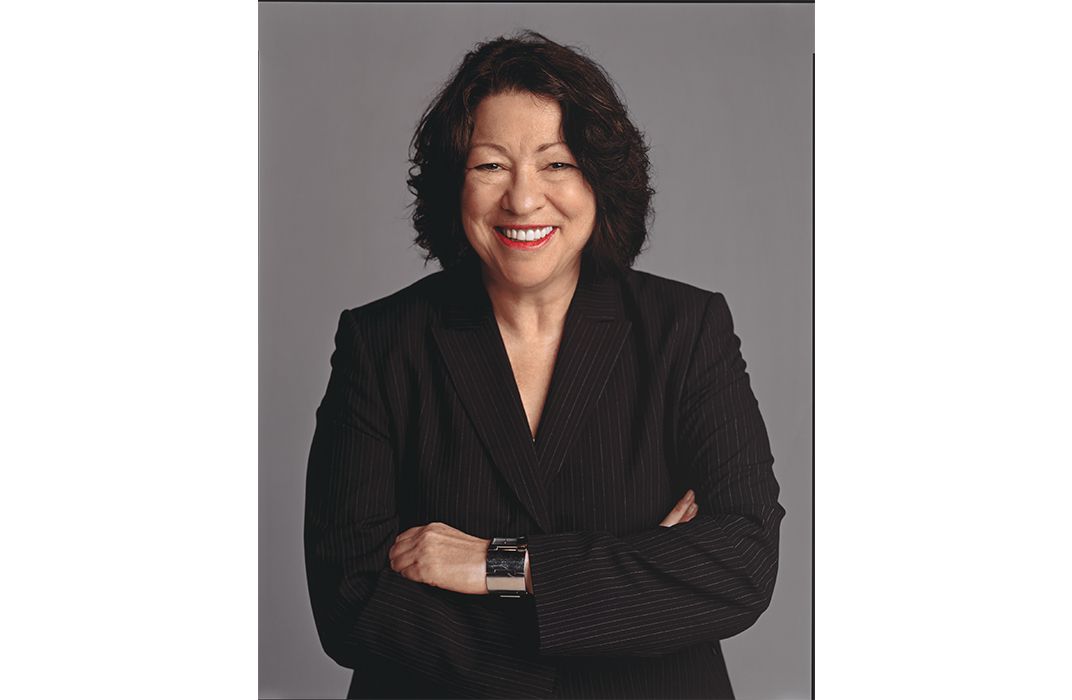
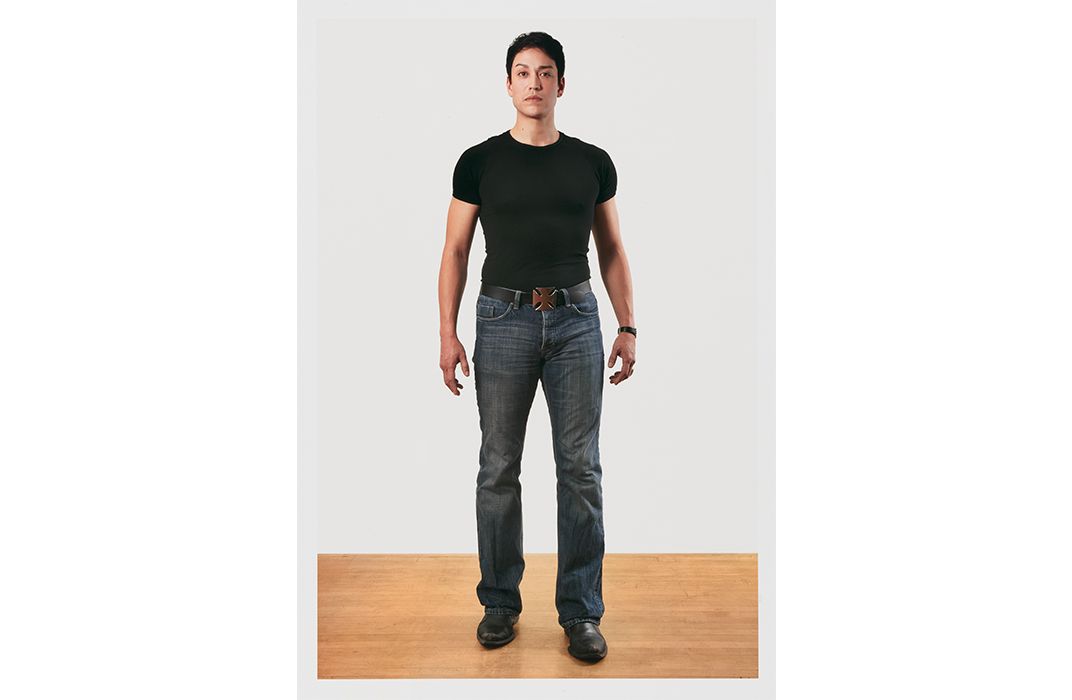
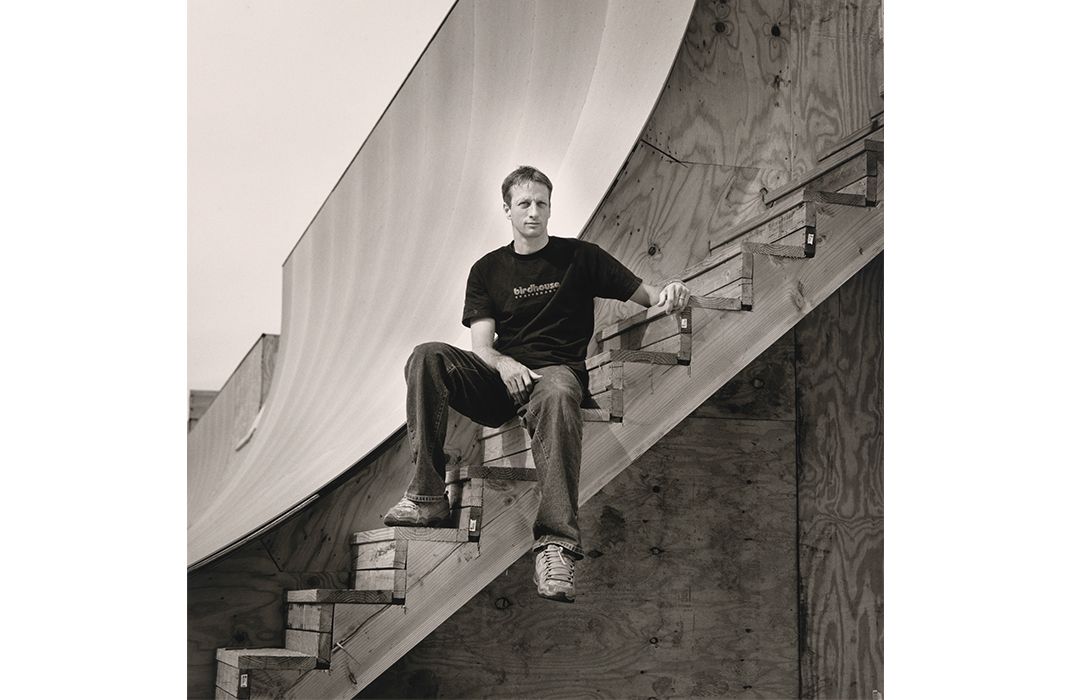
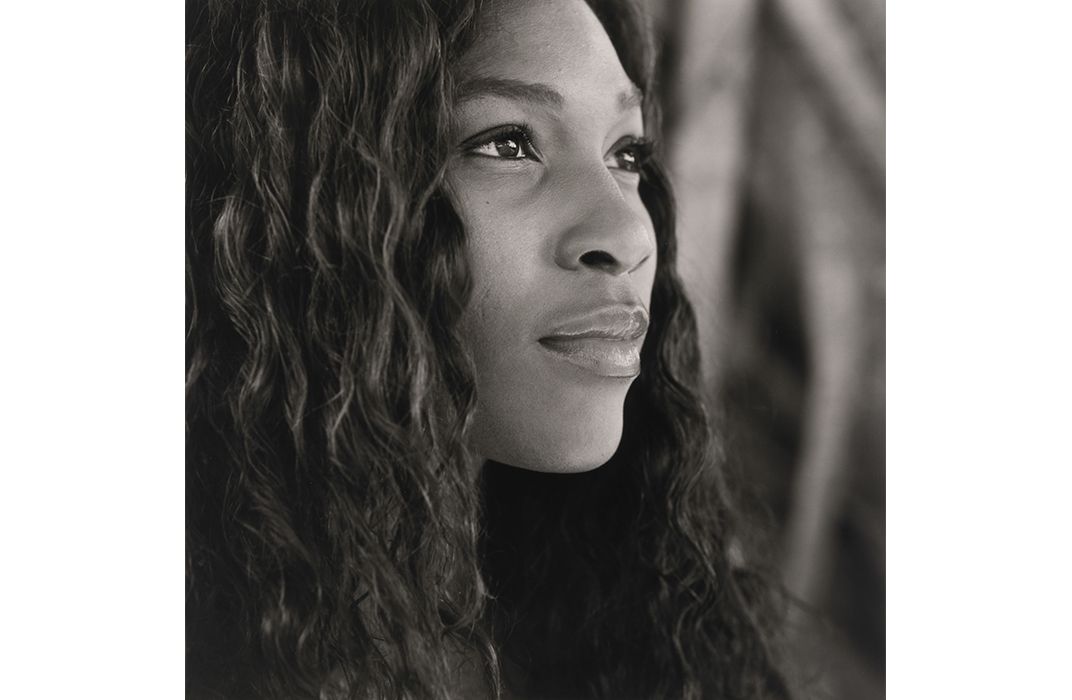
/https://tf-cmsv2-smithsonianmag-media.s3.amazonaws.com/filer/19/89/19896fb0-0f4b-41f1-bdfd-b2d1aa500197/npg20138425phelpsrweb.jpg)
/https://tf-cmsv2-smithsonianmag-media.s3.amazonaws.com/filer/e4/29/e4296dab-02af-4d1d-861c-1c0bca11b3d5/npg2014101pittrweb.jpg)
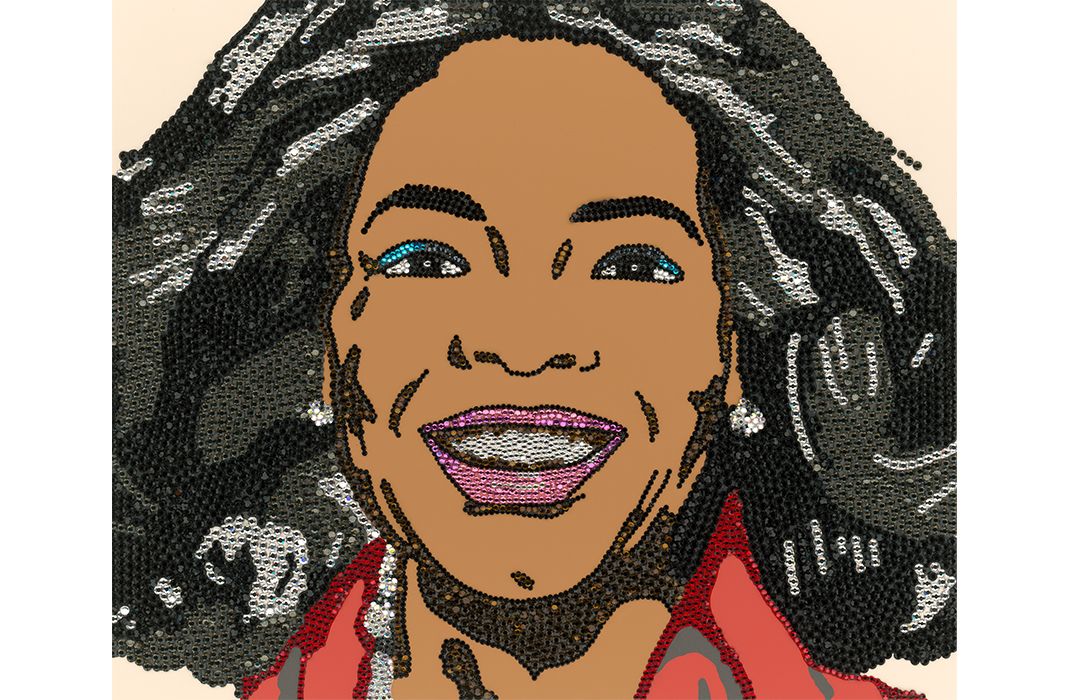
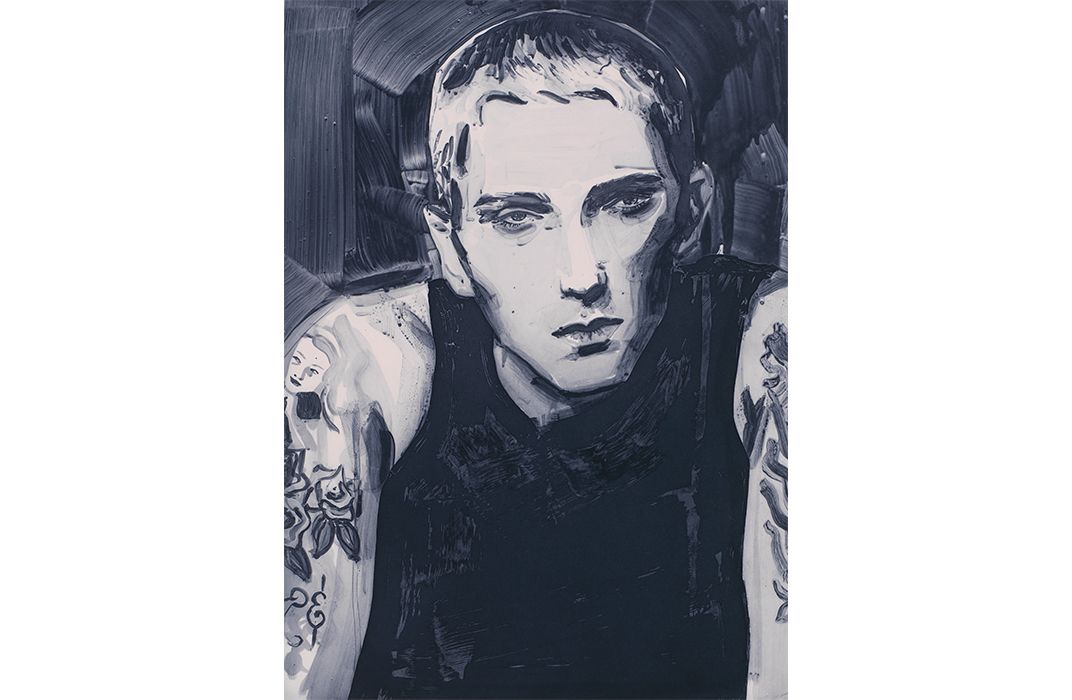
/https://tf-cmsv2-smithsonianmag-media.s3.amazonaws.com/filer/4f/1c/4f1c1084-5f50-42ac-8faa-5dfe3055f26f/npg201417mayweatherrweb.jpg)
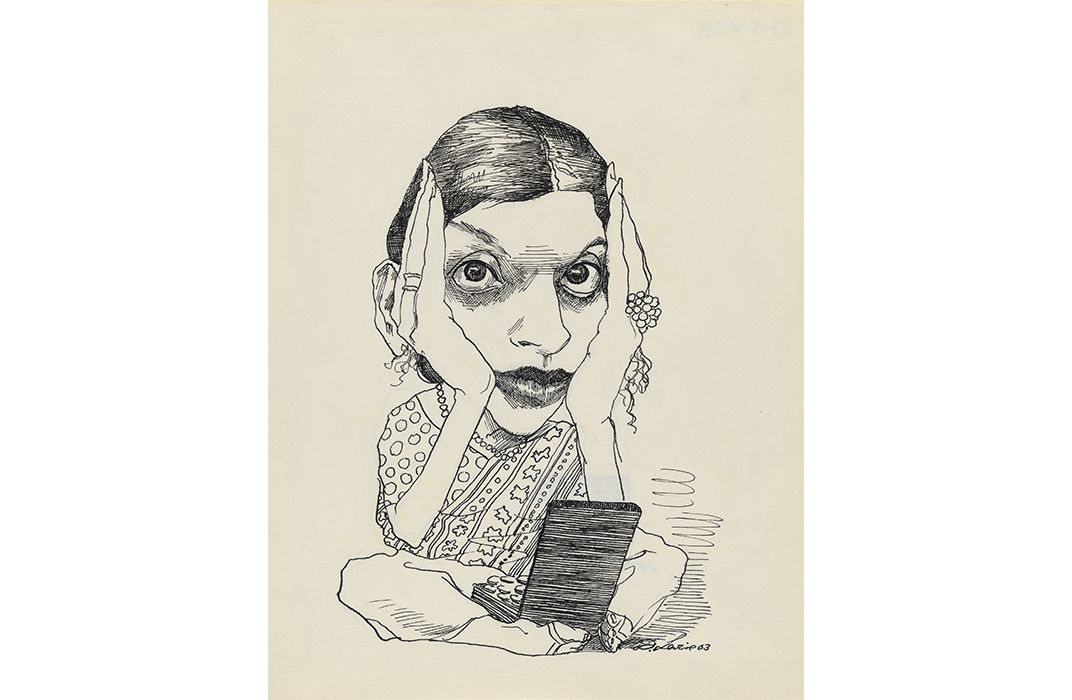
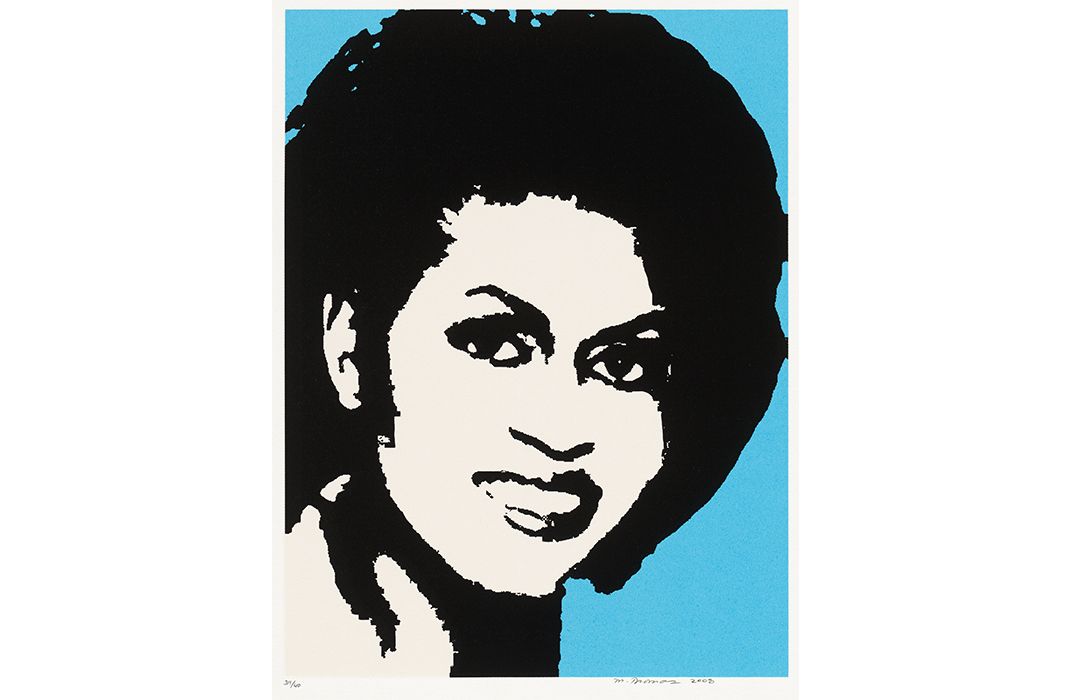
/https://tf-cmsv2-smithsonianmag-media.s3.amazonaws.com/filer/e1/f5/e1f5714a-c48d-4b34-b543-7ad64a28491c/npg20157dinklagerweb.jpg)
